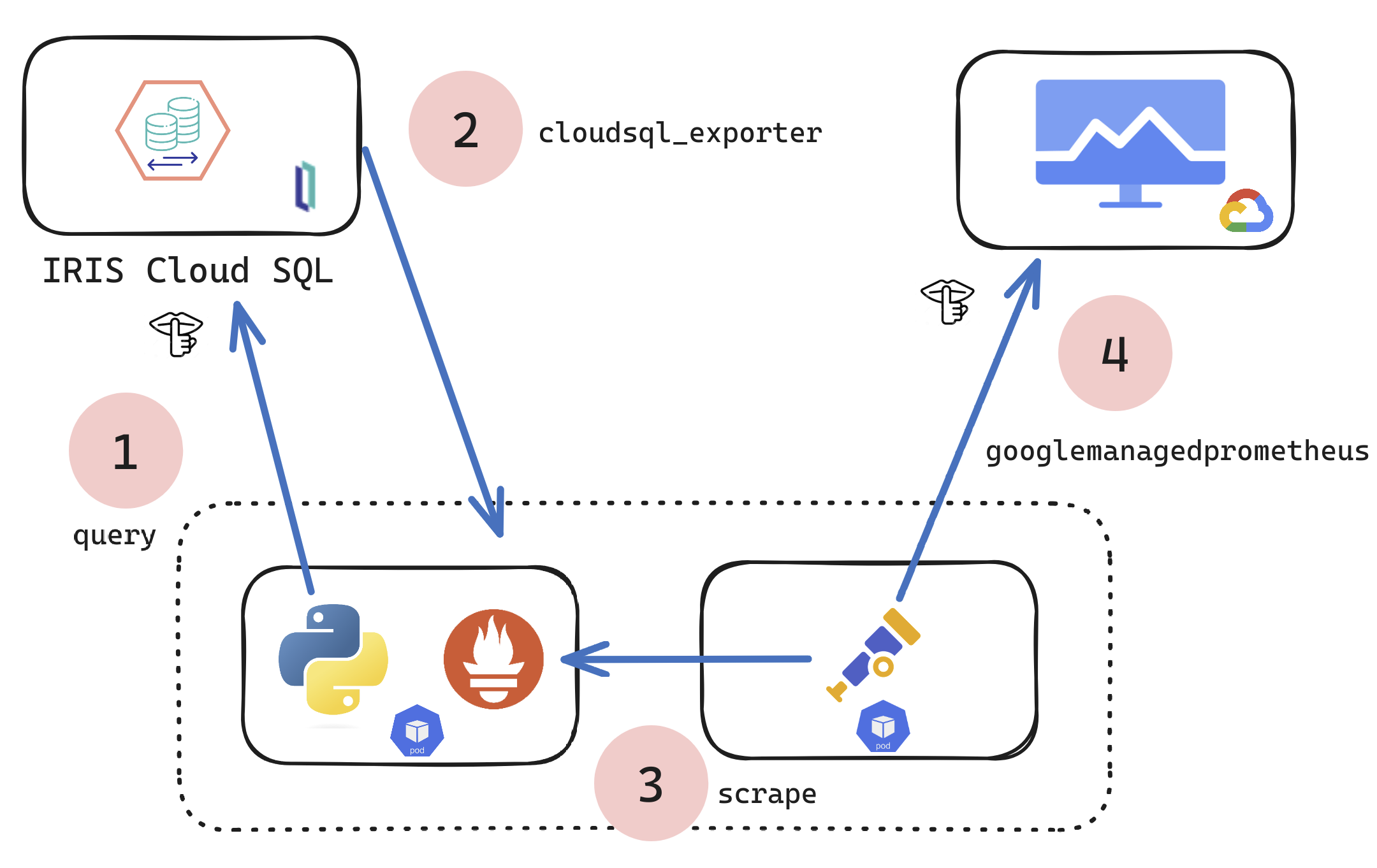Using VECTOR_COSINE() in SQL query to perform a text similarity search on existing embeddings in a %VECTOR column.
Code is below.
Commented out sql query returns this error: SQLCODE: -29 Field 'NEW_EMBEDDING_STR' not found in the applicable tables^ SELECT TOP ? maxID , activity , outcome FROMMain .AITest ORDER BY VECTOR_COSINE ( new_embedding_str ,
Sql query as written returns ERROR #5002: ObjectScript error: <PYTHON EXCEPTION> *<class 'OSError'>: isc_stdout_write: PyArg_ParseTuple failed!

